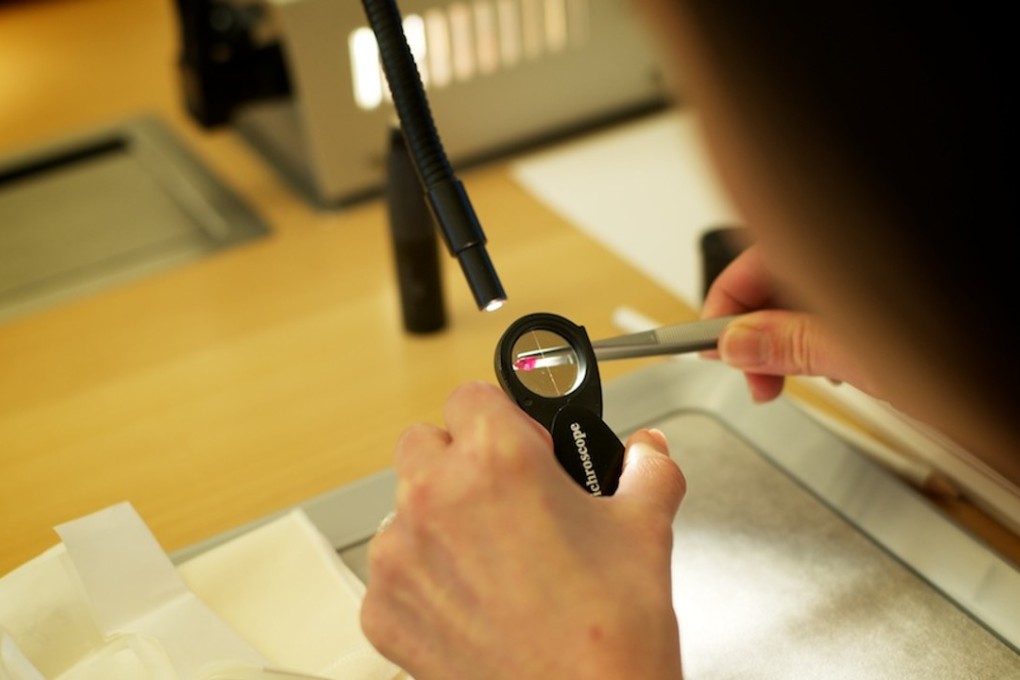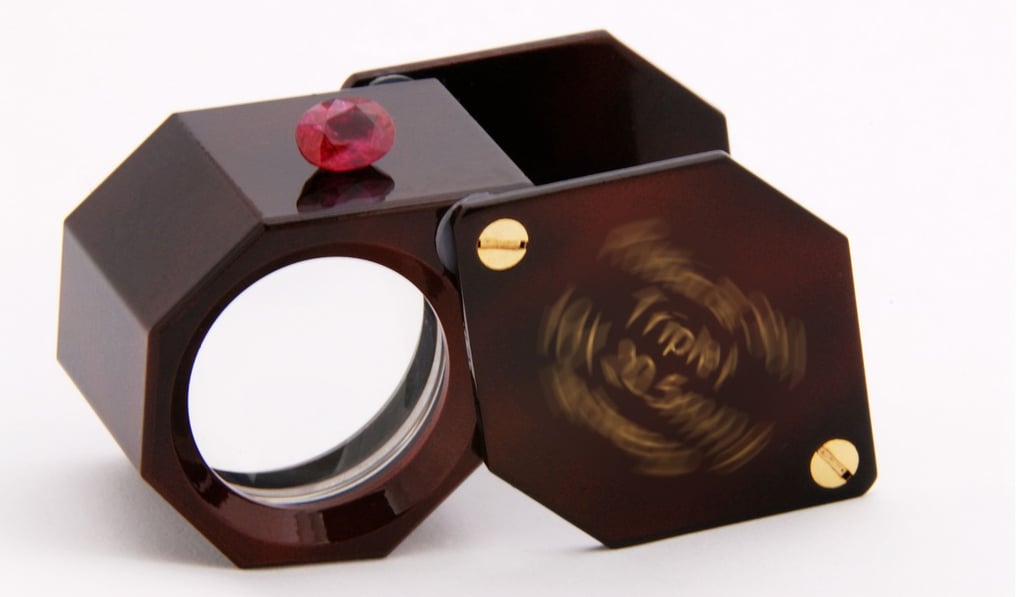How to learn to tell an expensive ruby from a cheap imitation
Van Cleef & Arpels L’École School of Jewelry Arts offers courses in Hong Kong for aspiring gemologists that will show them how to tell the difference between a real gem and an imposter

Red spinels, tourmalines, rubies and synthetic rubies may look identical to the naked eye. Yet their prices can vary from US$300 to US$3,000 per carat. So how can you tell them apart?
I recently joined a four-hour class “Recognise the Gemstones” run by L’École School of Jewelry Arts, a subsidiary of Van Cleef & Arpels, to learn how to tell a ruby from the others.

After a short introduction, we are tasked to spot subtle differences between four similar gems, using tweezers, 10x magnification lenses, and some specialised equipment: a dichroscope, a refractometer, a polariscope, a spectroscope and a density scale. But first, we must use a tool that is familiar to us all: our eyes.
Bedazzled! The latest high jewellery collections
We need to look for what gemologists call “inclusion”, a term to describe fragments of another material inside a host rock (or in this case, gemstone). Some have inclusions shaped like clouds, others needles.